T-sci-eng - SCIENCE AND ENGINEERING


More Posts from T-sci-eng and Others






Crazy Looking Bamboo Tower Creates 25 Gallons of Drinking Water Per Day From Thin air
This crazy looking tower creates 25 gallons of drinking water per day from thin air. It’s basically an atmospheric water collector which gathers dew from the air.
“…The 9 m tall bamboo framework has a special fabric hanging inside capable to collect potable water from the air by condensation…”
It’s called the WarkaWater:
“…The name ‘WarkaWater’ comes from the Warka Tree, a giant wild fig tree native to Ethiopia, traditionally used for public gatherings and school education. The Warka Tree is an archetype of the Biennale theme ‘Common Ground’…”
The simple and practical, yet elegant design powers out ahead of any of the commercial atmospheric water generators on the market which cost thousands more to build than this.
This is a wonderful water generation idea, that’s inexpensive, and actually beautiful to look at.
Water is life, and being designed after a tree. This is a real Tree of Life.



Optical Properties: Negative Refraction and Metamaterials
Negative refraction isn’t something that occurs naturally in nature, it’s something scientists have created using specifically designed materials. So how do they do it?
The index of refraction, n, can be equated to the square root of the material’s relative permittivity times its relative permeability. For most materials, both these values are positive, resulting in the sort of refraction that we’re all familiar with. But, as show in the diagram below, if both the values were negative then the resulting material would have negative refraction
Metamaterials are defined as artificial materials engineered to have properties that have not yet been found in nature, and since negative refraction does not occur naturally, only metamaterials can have negative refraction.
So far, however, metamaterials have only been created that refract microwave and radio frequencies - scientists believe it is unlikely that a material will be created with negative refraction in the visible part of the spectrum.
Sources: 1 2 3 4
Image sources: 1 2 3
(Note: Images 1 and 2 are not actual photographs of negative refraction, but rather depictions of what the effect would look like, given that negative refraction has never been achieved in the visible part of the electromagnetic spectrum.)
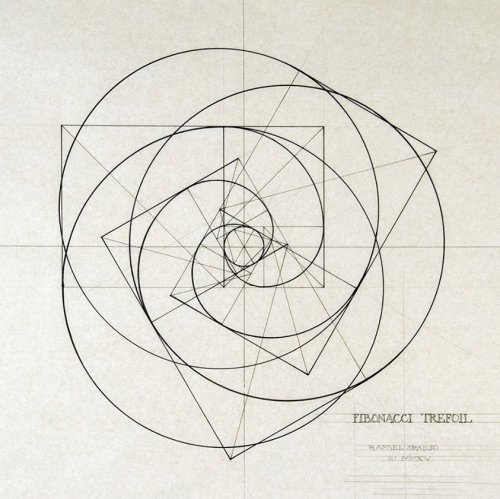
Fibonacci trefoil
© Rafael Araujo

Due to the Mandela Effect, we remember things that didn’t happen or exist. Get the answer and why in our NEW VID: https://youtu.be/hvu4D1jngCY
Major types of Engines
Straight In-line
This is the type of engine that you find in your quotidian car. Nothing fancy, just all pistons arranged parallel along the vertical direction.

V in-line
Now, this is the sort of the engine that you find on sports cars like the Ferrari. When you hear sports enthusiasts go ‘ Whoa, that’s a V-12! ‘ - it just means that the engine has a V-type arrangement with 12 cylinders.

V + Inline = V-inline
Commonly referred to as the VR engine.
The name VR6 comes from a combination of V engine (German: V-Motor), and the German word “Reihenmotor” (meaning “inline engine” or “straight engine”)

Volkswagen’s VR6 engines, and the later VR5 variants, are a family of internal combustion engines, characterized by a narrow-angle (10.5° or 15°) V engine configuration.

a: straight engine, b: V engine, c: VR engine
W engine
A W engine is a type of reciprocating engine ( again created by Volkswagen) arranged with its cylinders in a configuration in which the cylinder banks resemble the letter W, in the same way those of a V engine resemble the letter V.

Bugatti Veyron’s W16 engine
A W16 engine is used on the Bugatti Veyron. That’s 16 cylinders!
Flat Engine
Flat engines offer several advantages for motorcycles, namely: a low centre of gravity, smoothness, suitability for shaft drive, and (if air-cooled) excellent cooling of the cylinders. You can find them on aircrafts as well

Radial Engine (aka the dancing starfish)
They were used mostly in small aircraft for the propeller
The big advantage of radials was their large frontal area, which meant they could be air cooled, meaning less maintenance, failures, and of course a lower cost of initial purchase and maintenance.

Wankel Engine
This engine has only 3 moving parts and can make a lot of power.However, they are pretty inefficient, the last car to use this was a Mazda RX-8.

Axial Engine

The axial engine is a very interesting design. But they are not widely used because they are just hard to make and running these things at high RPM’s is a challenge.
Duke engines are equipped with this type.
Jet engine
Commonly jet engines refer to the engines that are found on, well Jets!
Suck,squeeze,bang and blow
Air is sucked in through the front and squeezed. A controlled explosion follows and the exhaust is blown out through the back

But, Jet engines also include the engines that are found on rockets, hybrids and water-jets. And their mode of operation is different than the one mentioned above.
Pretty cool eh?
Have a great day!
PC: Howstuffworks, Duke, MichaelFrey, Azure.km
** There is also the Stirling Engine. It’s amazing and a topic for an another post. But if you are interested do check out more about it here.
EDIT : Had forgotten about the VR and the W-engines. My bad! Thanks for pointing it out.:D.
EDIT2: The suck squeeze bang and blow illustration was incorrect. Ergo, changed that.


It’s easy: Form a triangle, then a hexagon, then a bicycle wheel
This is the general mechanism on how a spider spins its web (talk about engineering, right?). When an insect gets caught in its web, the vibrations caused by the insect is felt by the spider which then rushes to engulf its prey.
Now here is the trippy part ; This is the effect of drugs on the pattern of the web.


Hope you are having a great week. Have a good one!
* Spider spinning a web (video) (if you find a better full video let us know)
** Spiders on drugs - NASA article ; Video
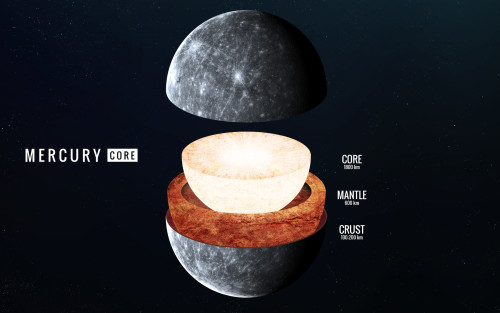
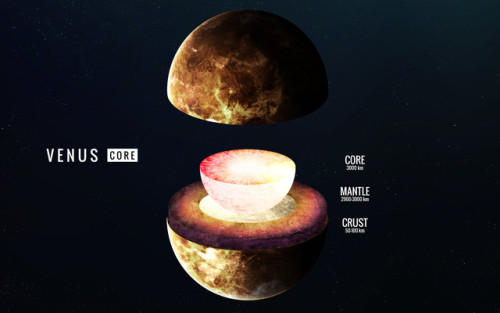

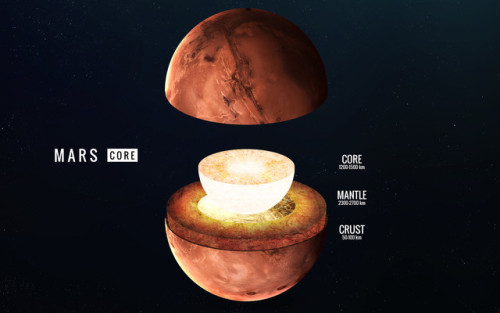
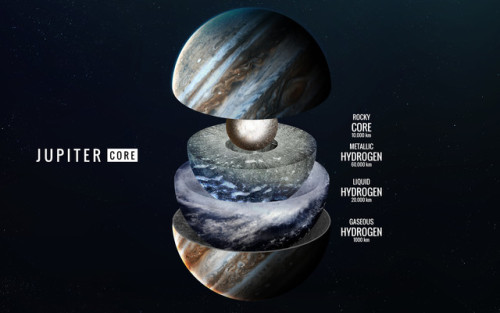
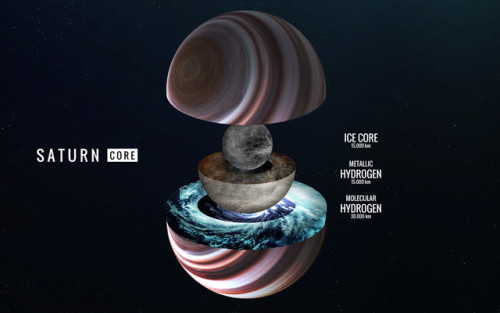
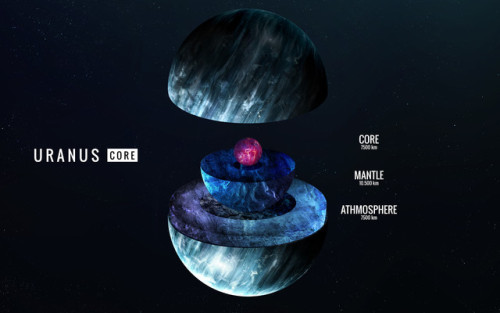
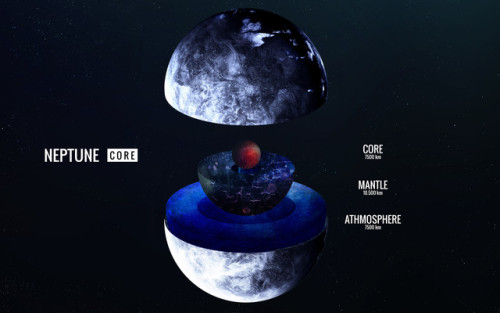
Inside - Vadim Sadovski
Hi I made this app called PhysicsPedia. It contains all the theory and formulas of high school and college physics. Please have a look. https://play.google.com/store/apps/details?id=com.pp.nikit.phyprac2
Editor’s Note:
Thank you for your submission android-nikit and we did check the app out and it is really interesting and useful. If you are in high school, we recommend you give this one a try!

Hackaday Useful Tools Links
So I am an avid reader of Hackaday for a long time now and they have been putting out a lot of great introductions to tools and processes to get makers up to speed on the resources that are available. This is just a splattering of links that I have found lately that you guys might be interested in.
DC Motors
Lessons in Small Scale Manufacturing
Grinding Gears: Figuring out gear ratios
Tools of the trade: Injection Molding
Are todays engineers worse?
How to nail a technical presentation
Tools of the trade: Vacuum Forming
The Art and Science of Bending Sheetmetal
A how-to of designing, fab, and assembly with structural framing systems (t slot)
Machine learning foundations
A machine shop in a box
How to: Cold resin casting
Join the GUI generation: Qtcreator
Do you guys have any other great resources that you’d like to share and/or are you enjoying this type of content?

Behold the awesomeness that is the heart of a blue whale. This colossal organ weighs 440 pounds and was retrieved from the carcass of a whale that had washed up on the shore of Newfoundland in 2014. Despite decomposition the heart was still in such great condition that it was a perfect candidate for preservation via plastination, which is precisely what was done by mammalogy technicians at the Royal Ontario Museum in Toronto.
Head over to Wired to learn how museum scientists went about preserving this titanic ticker.
[via Wired]
-
 bambi666 liked this · 1 month ago
bambi666 liked this · 1 month ago -
 mbvsfo reblogged this · 4 years ago
mbvsfo reblogged this · 4 years ago -
 mbvsfo liked this · 4 years ago
mbvsfo liked this · 4 years ago -
 misswithoutenvy liked this · 4 years ago
misswithoutenvy liked this · 4 years ago -
 proflegrange reblogged this · 5 years ago
proflegrange reblogged this · 5 years ago -
 kat-with-a-cat reblogged this · 5 years ago
kat-with-a-cat reblogged this · 5 years ago -
 kat-with-a-cat liked this · 5 years ago
kat-with-a-cat liked this · 5 years ago -
 one-in-a-maxi-million liked this · 5 years ago
one-in-a-maxi-million liked this · 5 years ago -
 teenage-dirtbag-babbyy liked this · 5 years ago
teenage-dirtbag-babbyy liked this · 5 years ago -
 noodletortoise liked this · 6 years ago
noodletortoise liked this · 6 years ago -
 savhcaro reblogged this · 6 years ago
savhcaro reblogged this · 6 years ago -
 savhcaro liked this · 6 years ago
savhcaro liked this · 6 years ago -
 gucci-depressione liked this · 6 years ago
gucci-depressione liked this · 6 years ago -
 munchowuzhere777 liked this · 6 years ago
munchowuzhere777 liked this · 6 years ago -
 thealchemistal liked this · 6 years ago
thealchemistal liked this · 6 years ago -
 zaffre-amethyst liked this · 6 years ago
zaffre-amethyst liked this · 6 years ago -
 oorts-and-clouds reblogged this · 6 years ago
oorts-and-clouds reblogged this · 6 years ago -
 redhousehead reblogged this · 6 years ago
redhousehead reblogged this · 6 years ago -
 redhousehead liked this · 6 years ago
redhousehead liked this · 6 years ago -
 adventuresofanoddity liked this · 6 years ago
adventuresofanoddity liked this · 6 years ago -
 fairyblue-alchemist liked this · 6 years ago
fairyblue-alchemist liked this · 6 years ago -
 seven-seas-of-why liked this · 6 years ago
seven-seas-of-why liked this · 6 years ago -
 iris-rainbowflower reblogged this · 6 years ago
iris-rainbowflower reblogged this · 6 years ago -
 dice-foxgirl liked this · 6 years ago
dice-foxgirl liked this · 6 years ago -
 arealvadim liked this · 6 years ago
arealvadim liked this · 6 years ago -
 unknownboss01 liked this · 6 years ago
unknownboss01 liked this · 6 years ago -
 buffysummerswannabe liked this · 6 years ago
buffysummerswannabe liked this · 6 years ago -
 eramos-infinitos-blog liked this · 6 years ago
eramos-infinitos-blog liked this · 6 years ago -
 ilcavalieremorte liked this · 6 years ago
ilcavalieremorte liked this · 6 years ago -
 solar-butch reblogged this · 6 years ago
solar-butch reblogged this · 6 years ago -
 rchez liked this · 6 years ago
rchez liked this · 6 years ago -
 disilllusionment liked this · 6 years ago
disilllusionment liked this · 6 years ago -
 sky-walking liked this · 7 years ago
sky-walking liked this · 7 years ago -
 betweenthestarsandyou liked this · 7 years ago
betweenthestarsandyou liked this · 7 years ago -
 reyerite liked this · 7 years ago
reyerite liked this · 7 years ago -
 astroguit reblogged this · 7 years ago
astroguit reblogged this · 7 years ago -
 astroguit liked this · 7 years ago
astroguit liked this · 7 years ago